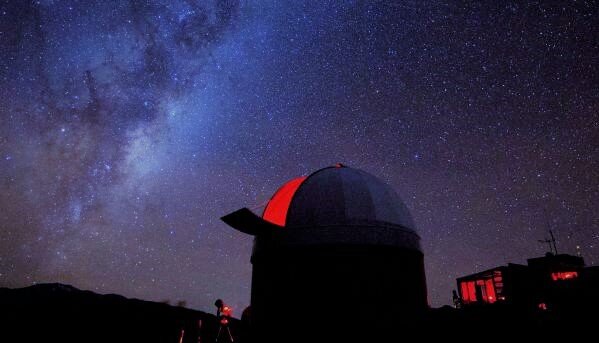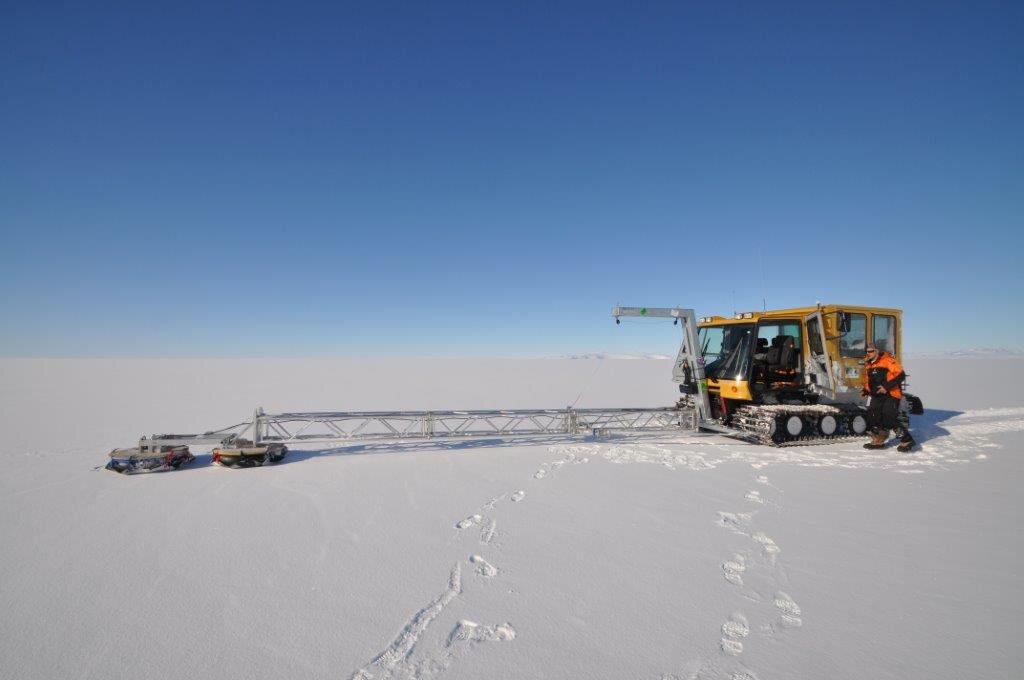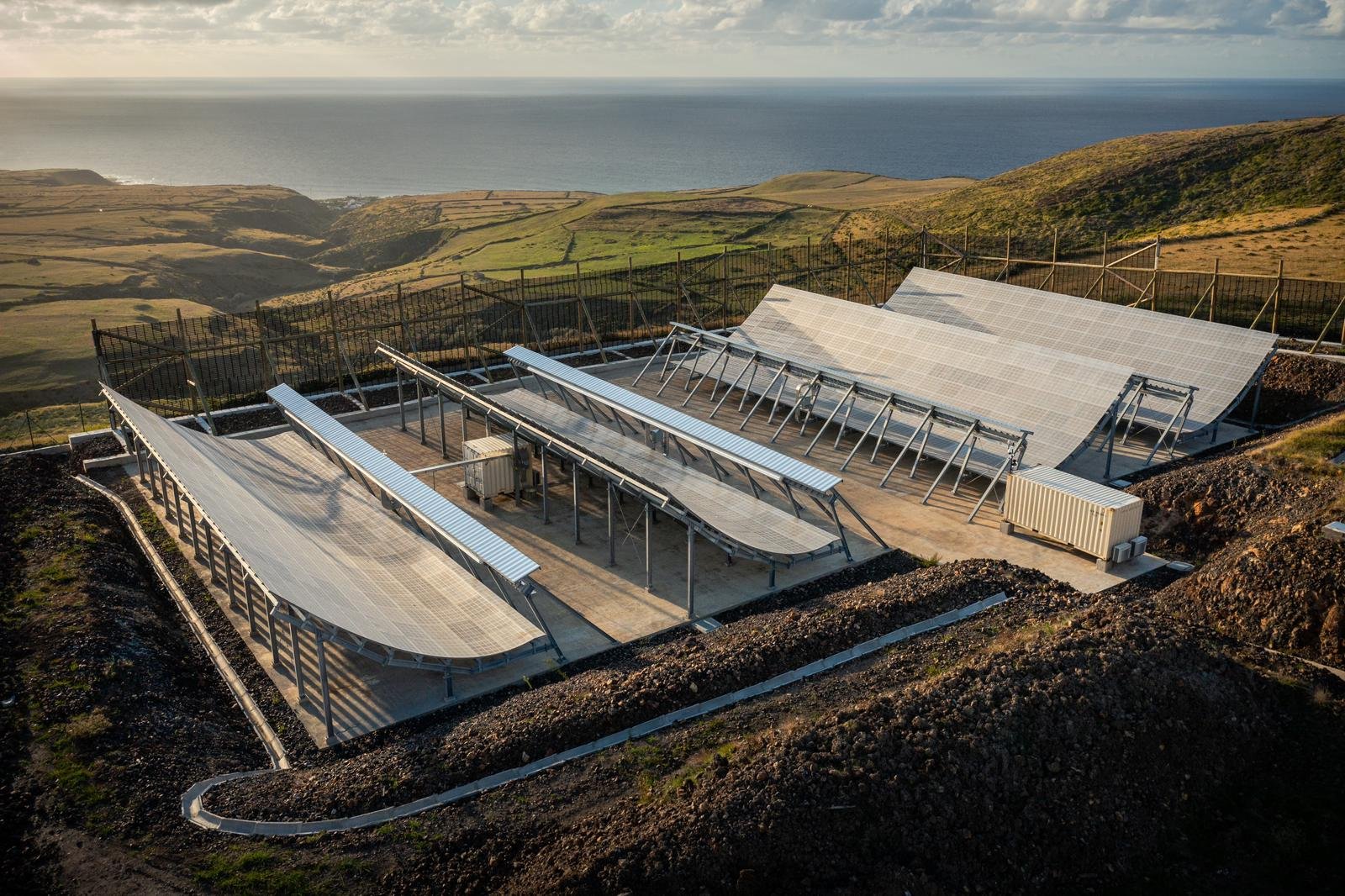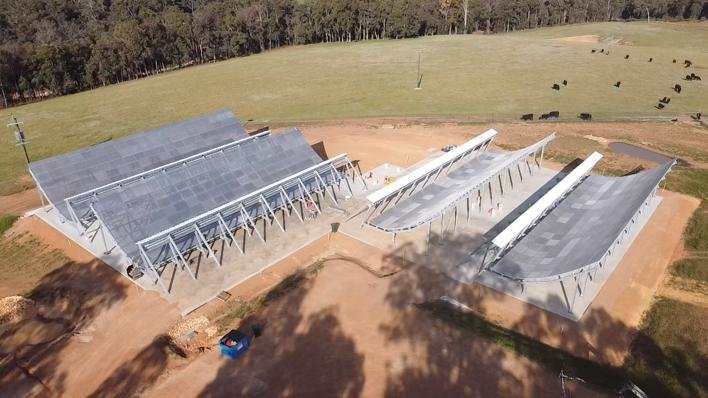







Client: LeoLabs
Project Director: Julian Ramsay
Project Description:
LeoLabs is based in Menlo Park USA, and their NZ based radar is the first of its kind in the world and forms part of a network of phased-array radars that enable high-resolution data on objects in the lower earth orbit, including objects as small as 2cm in diameter. The intent of the radar is to offer foundational mapping data and services to mitigate the risks of collisions.
Project challenges included the balance of minimising radar shadowing structure with the requirement for a very low operational movement tolerance under wind, snow, seismic and thermal stresses, working to extremely precise low construction tolerances, construction in remote location using components sourced from different countries, durability issues associated with galvanic series of multiple materials, Revit modelling of complex array curves and appropriate references, and site selection appropriate for minimising effect on landscape and water courses.
This project is a huge addition to the rapidly growing NZ space sector which helps generate approximately $1.8 billion NZD of revenue in NZ each year.
Ruamoko Solutions won the coveted Gold Award at the 2020 Ace NZ Awards for this project. More detail on this award can be found here.
Founder & Chief Technical Officer of LeoLabs Michael Nicolls described Ruamoko Solutions involvement:
“Ruamoko was instrumental to the success of the Kiwi Space Radar. Prior to working with Ruamoko, LeoLabs struggled to find a structural engineering firm that was able to accept the unique challenges of this project: tight engineering constraints, budgetary requirements, and schedules. Through the design-engineering phase, Ruamoko took the time to deeply understand the goals driving the structural requirements, and in doing so were able to develop unique solutions to the project. Ruamoko’s design met LeoLabs’ performance needs, and did so within the aggressive budgetary and schedule constraints presented. As a result of the close working relationship established during the development and construction of the Kiwi Space Radar, LeoLabs expects to work closely with Ruamoko as it scales its solution to other radar sites around the world.”
More information on the LeoLabs phased array radar can be found here.
Information about Ruamoko’s involvement with MBIE on this project can be found here.
Client: Dark Sky Project
Project Director: Grant Wilkinson
Project Description:
Combining cutting edge 21st century technology with 19th century technology, Ruamoko Solutions provided an incredibly innovative and bespoke friction-damped, spring-loaded, base-isolated system to support one of the world’s most famous Victorian telescopes.
The 18-inch refractor was created in 1894 by renowned Pennsylvanian optician John Brashear, and was fitted in an eight-metre long tube atop a 5.4-metre high pier and equatorial mount fabricated by the illustrious Warner & Swasey Co of Cleveland, Ohio.
Once housed at the University of Pennsylvania, the telescope now sits at the Dark Sky Project Base in Takapō (Lake Tekapo).
Client: LeoLabs
Project Director: Julian Ramsay
Project Description:
The Costa Rica Space Radar is the fourth radar in LeoLabs global space radar network that enables high-resolution data on objects in the lower earth orbit, including objects as small as 2cm in diameter. The intent of the radar is to offer foundational mapping data and services to mitigate the risks of collisions.
Following on from the award-winning Kiwi Space Radar project, Ruamoko Solutions were responsible for the structural design of the next phase of radar shape in Costa Rica. Project challenges included the requirement for a very low operational movement tolerance under wind, snow, seismic and thermal stresses, working to extremely precise low construction tolerances, construction in remote location using components sourced from different countries, durability issues associated with galvanic series of multiple materials.
More information on the LeoLabs phased array radar can be found here.
Client: University of Canterbury
Project Director: Julian Ramsay
Project Description:
Ruamoko Solutions designed the structures that house both the Primary and Secondary Data Centres at the University of Canterbury. This work included a thorough investigation of importance levels and service requirements, as well as strengthening of existing buildings, securing of servers and processors including the famous IBM Blue Gene supercomputer in the Primary Data Centre (which was built prior to and which remained functioning throughout the 2010 Canterbury earthquakes).
Two Blue Gene/P racks contain 4096 processor cores each and each use a maximum of 45 kilowatts of power. At the time of installation, this ranked among the top 25 supercomputers used in academia in the world, and forms a key component of critical medical research by using computer power not previously available.
Client: Antarctica New Zealand
Project Director: Cameron MacPherson
Project Description:
Ruamoko Solutions has worked closely with Antarctica NZ on the design of a lifting boom for a Pisten Bully PB100 Vehicle. The boom carries sensitive monitoring equipment to carry out research into ice thickness to monitor the affects of global warming.
Design considerations included transportability, material-temperature issues, fabrication, dynamic loads.
Client: LeoLabs
Project Director: Julian Ramsay
Project Description:
The Azores Space Radar is the fifth radar in LeoLabs global space radar network that enables high-resolution data on objects in the lower earth orbit, including objects as small as 2cm in diameter. The intent of the radar is to offer foundational mapping data and services to mitigate the risks of collisions.
Ruamoko Solutions were responsible for the structural design of the Atlantic space radar. Project challenges included the requirement for a very low operational movement tolerance under wind, snow, seismic and thermal stresses, working to extremely precise low construction tolerances, construction in an extremely remote location using components sourced from different countries, durability issues associated with galvanic series of multiple materials. The exposed site required significant wind control by means of a semi-perforate fence to ensure wind loads would not affect the performance of the structure.
More information on the LeoLabs phased array radar can be found here.
Client: LeoLabs
Project Director: Julian Ramsay
Project Description:
The Western Australian Space Radar (WASR) is the sixth radar in LeoLabs global space radar network that enables high-resolution data on objects in the lower earth orbit, including objects as small as 2cm in diameter. The intent of the radar is to offer foundational mapping data and services to mitigate the risks of collisions.
Ruamoko Solutions were responsible for the structural design of the WASR. Project challenges included the requirement for a very low operational movement tolerance under wind, snow, seismic and thermal stresses, working to extremely precise low construction tolerances, construction in an extremely remote location using components sourced from different countries, durability issues associated with galvanic series of multiple materials.
More information on the LeoLabs phased array radar can be found here.
Client: LeoLabs
Project Director: Julian Ramsay
Project Description:
The Argentina Space Radar (AGSR) represents a critical addition to LeoLabs growing global constellation of S-band, phased-array radars.
The AGSR site is located on the archipelago of Tierra del Fuego, just under 5,000km from Antarctica. This site was chosen primarily for its high latitude, which is especially beneficial for monitoring high-risk conjunctions which typically occur above 60 degrees latitude.
